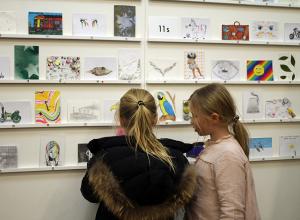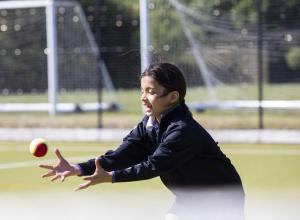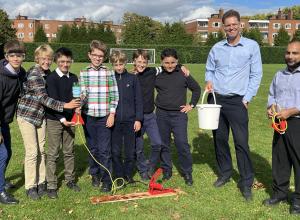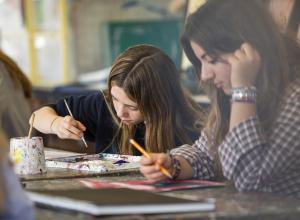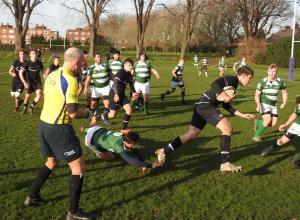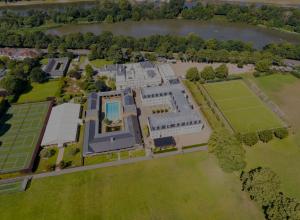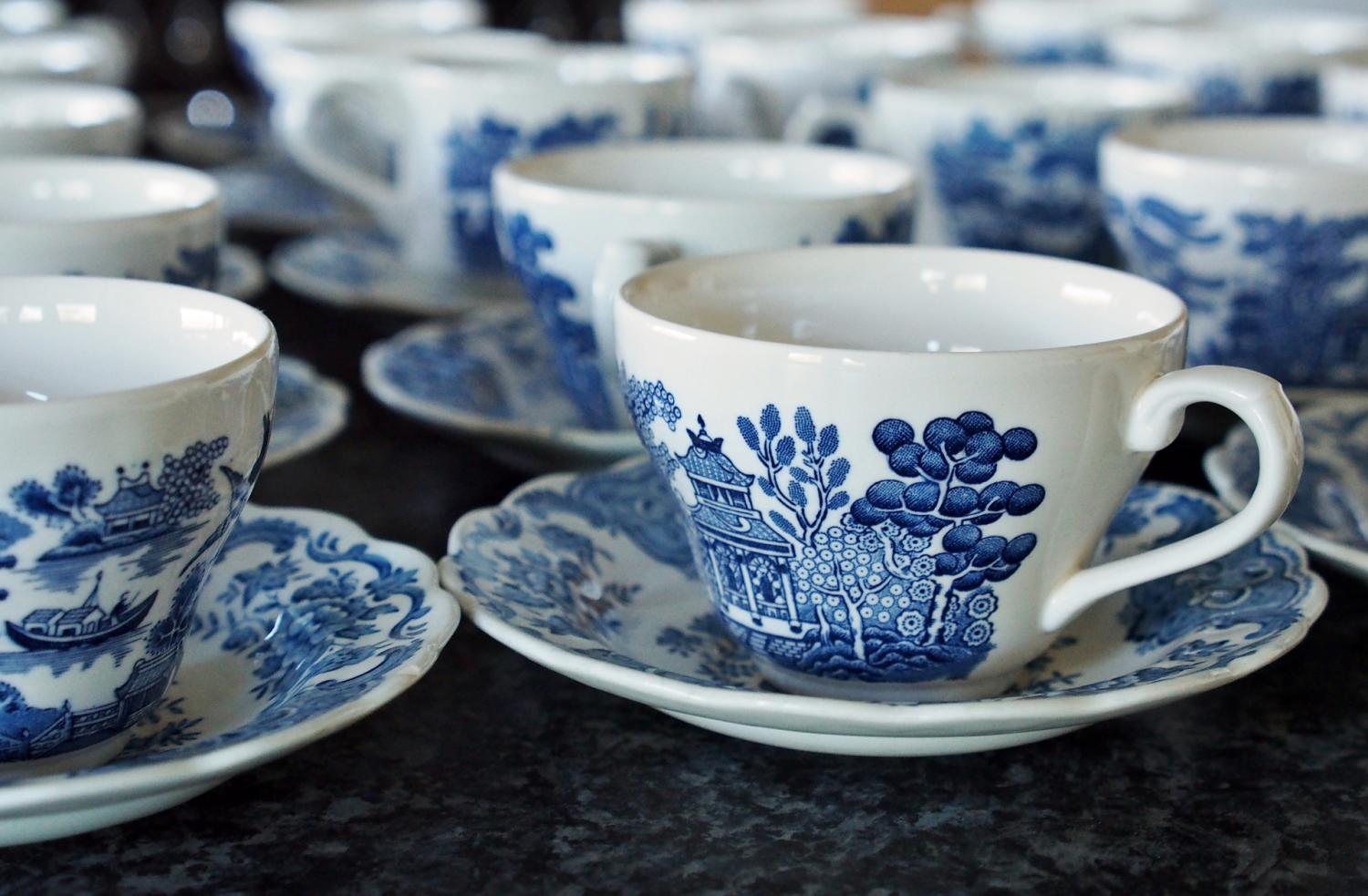
In his latest blog, Warren Rodricks explains how eleven cups of tea changed the way he thinks about mathematical ‘word problems’
I can remember the moment back in my early days as a teacher when I started rethinking the value of Maths ‘problems’ in earnest. The conversation, which took place at the end of what, I thought had been quite a good lesson, went like this:
“Well done, class. Not an easy problem to solve, but you worked really well.”
“But Mr Rodricks.” A tiny voice piped up behind me.
“Yes?” I replied.
“Do you actually drink 11 cups of tea?”
“Umm, well, no, I don’t...actually...good point,” I muttered, feeling somewhat taken aback as I looked around the disappointed faces across the room.
I do drink tea. Long before I arrived in the UK I liked it and still do. Quite a bit. I especially enjoy my first cup when I get to school. It eases me into the day ahead. I also thoroughly enjoy a cup in the evening; after dinner, sat at home with various members of the Rodricks household. But that is it, really. Two cups. Never, in my life, have I had 11 cups of tea in a day. Actually, I don’t believe I’ve ever had 11 cups of anything in a day. Which brought me to the heart of the problem with what I will call the ‘Eleven Cuppas’ problem. It just didn’t ring true. And why bother to solve a problem when it’s not really a problem worth solving?
The ‘Eleven Cuppas’ problem just didn’t ring true. And why bother to solve a problem when it’s not really a problem worth solving?
Growing up, I can remember all sorts of word problems like the ‘Eleven Cuppas’ one above: problems that existed solely within the contrived context of a maths class. Whether the subject in question was cats, cars or cookies, the problems hid calculation in word form. There were multiple elements to the questions and I recall having to sift through plenty of information to find the data I needed. But the problems lacked plausibility. Sure, they might have helped develop mathematical reasoning and thinking but they missed the chance to take these skills to a deeper level. In those days, it wouldn’t really have mattered to the teachers that they didn’t actually drink 11 cups of tea a day. Students learnt to extract information from the question without really thinking about what it meant. Within mastery, I am happy to say, this is changing.
The point about ‘Eleven Cuppas’ is that it doesn’t emerge from true experience. The fact that my students quickly cottoned onto this showed that the maths was ‘only’ theoretical. Yes, we could solve the problem and discuss it in detail, but only in a way that confined it to an abstract space within the walls of the classroom that seemed unconnected and irrelevant to real life.
We could solve the problem and discuss it in detail, but only in a way that confined it to an abstract space within the walls of the classroom that seemed unconnected and irrelevant to real life.
So, what is a good problem? Let me give you an example:
The Birthday Present
Mr Rodricks is a very lucky father. Olivia, his daughter, is a remarkable little girl. Though really, she is not so little any more. As she is growing up, she is getting to be more expensive. Her tastes are changing and she does enjoy the odd purchase here and there. However, her latest possible expenditure is not for her. You see, she has decided, along with a couple of her friends, to put some money together to buy another one of their other friends a birthday gift. They have decided to buy a £321 smart watch. Now, Mr Rodricks can appreciate their kindness and he is certainly a BIG fan of watches. But this seems a lot to him. To which Olivia argues, “But I’m not paying all of it. We are going to share the cost.”
Given this, how much will Olivia have to pay?
The first crucial difference in the Birthday Present problem is that it’s up to the students to choose how they are going to solve the calculation. The lesson starts with the problem rather than how to divide or different methods of division, asking students to show us what they understand and what skills they already possess. Planning lessons this way means that as teachers we aren’t teaching pupils what they already know. Instead, we can focus on choosing the most suitable method for the purpose (‘calculation flexibility’) and handle any misconceptions as they arise. The story above is filled with context. Real world and real, mathematical context. Students develop a sense of how mathematics plays a part in their decision making, even if they are not specifically thinking about the maths. They also have to think about the relationships at play and the mathematical consequences that emerge from them.
Obviously, the calculation is important – we want our students to be accurate – but the beauty of this approach is that it’s not the only skill they are developing. Sometimes, pupils get the impression that there is only one way to solve a problem. The mastery approach requires each pupil to make a choice. ‘How will YOU solve the problem?’, it asks. The choice a pupil makes is crucial to understanding both how he or she has reached an answer and the thought process that underlies it. Not only does it allow teachers to gain an understanding of the way a pupil’s mind is working and how her thinking process is developing, it is also crucial to correcting misconceptions and instilling deeper understanding in the future.
The mastery approach requires each pupil to make a choice. ‘How will YOU solve the problem?’, it asks.
Emphasising choice also has another benefit: it encourages pupils to share and compare alternative solutions. As they examine the different ways a problem can be solved, pupils begin to engage in discussions about why one approach may be more efficient than another. This discussion, in turn, leads to a clearer sense of what their preferred method is and how to make a case for it in the classroom. This process of discovery builds both confidence and resilience, essential characteristics pupils will need to help them think clearly and make good decisions when they get stuck.
Another key advantage of this sort of problem is that it puts the emphasis on process. In old-style mathematics, it often seemed that nothing mattered but the right answer. By foregrounding choice and discussion, our aim is to show that the process of thinking the problem through is where the real learning takes place, laying the foundations for children to understand things better in the future.
Our aim is to show that the process of thinking the problem through is where the real learning takes place, laying the foundations for children to understand things better
It’s also important to point out that in Maths Mastery getting the answer correct doesn’t mark the end of the process. Assuming a pupil has (correctly) provided the answer £107 to the problem, then a follow up question – which might look like the one below – marks the final step.
Is £107 a lot of money?
So, to the question: ‘Is £107 a lot of money?’, the answer I most like to hear is: ‘It depends...'. This second question plays a huge role in helping us determine the number sense a pupil really has. The truth, after all, is that £107 does not have a finite value and its meaning is actually open to interpretation. Far too often in the past, mathematics has been treated as having only a single correct answer. Questions like these allow pupils to reconsider the meaning of the number, developing their understanding in a real-world context.
It depends how good a friend Olivia is buying the gift for.
It depends how old Olivia and her friends are.
It depends whether or not Mr Rodricks needs the money for something else (as Olivia will be asking him for the money).
In other words, I like ‘It depends’ because it tells me that pupils are developing an insight into what the number actually means. It tells me what a pupil thinks the true value of £107 is. It tells me that my pupils understand that number value is actually relational and not fixed, which means their understanding of number is growing deeper.
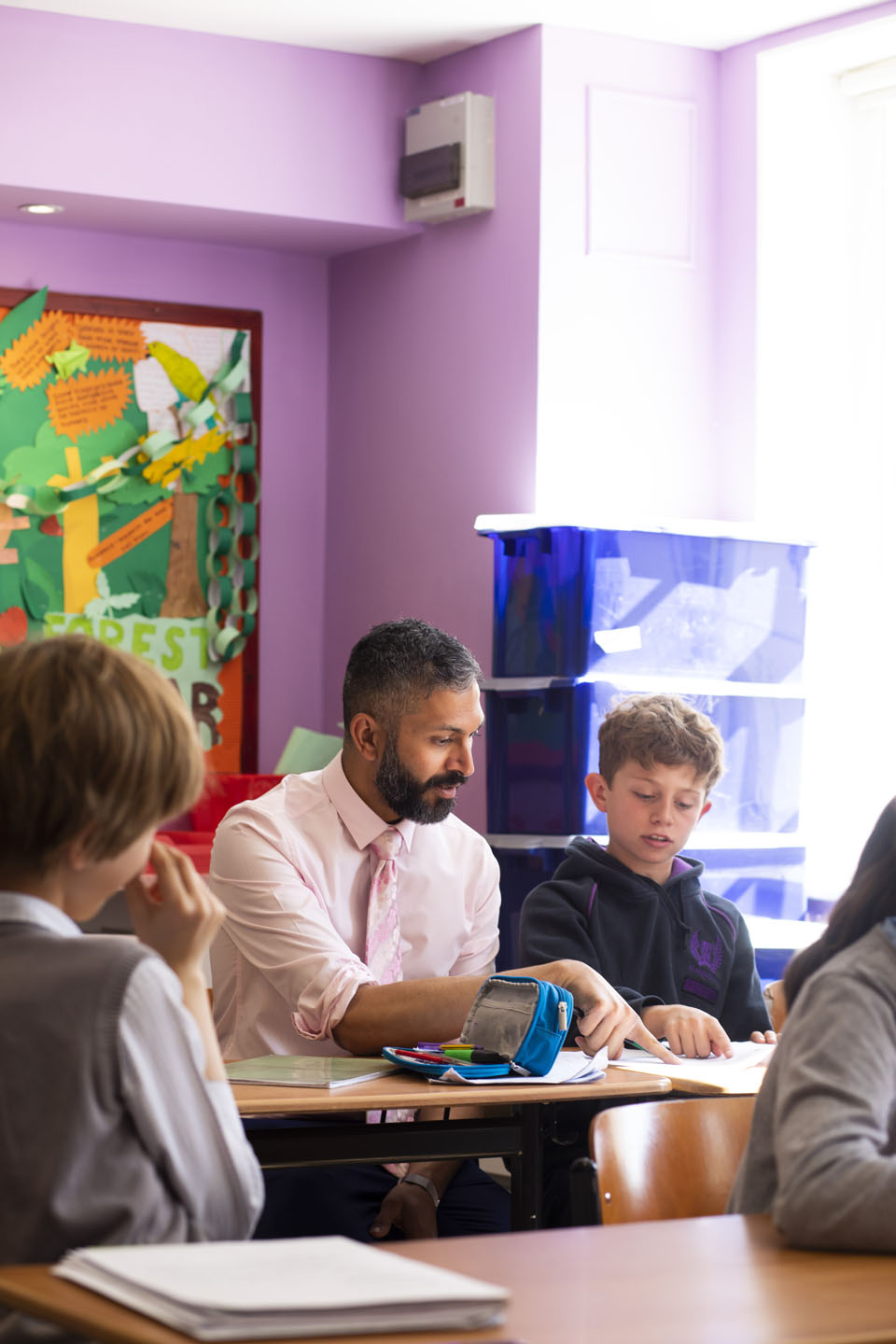
A lot has changed about the way I teach mathematics since I first floated the ‘Eleven Cuppas’ problem all those years ago. Even so, I haven’t entirely consigned it to history. I often tell pupils that it is okay to make mistakes because we learn from them and that applies to me as much as to them. Now I still use the question, but now with a different spin. I no longer view it as a good way to examine patterns. Instead, I treat it as what it is, an excellent way to see if pupils can relate numbers to the real world. And today, it worries me if a student doesn’t ask if I really do drink that much tea.
Comments and feedback on this blog are welcome to: website@harrodian.com
I no longer view 'Eleven Cuppas' as a good way to examine patterns. Instead, I treat it as what it is, an excellent way to see if pupils can relate numbers to the real world.

